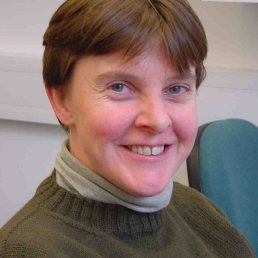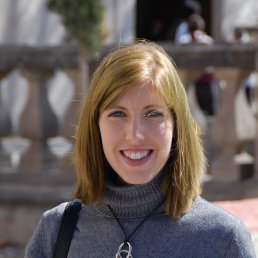17:30
Pfaffian functions and elliptic functions
Abstract
After giving some motivation, I will discuss work in progress with Harry Schmidt in which we give a pfaffian definition of Weierstrass elliptic functions, refining a result due to Macintyre. The complexity of our definition is bounded by an effective absolute constant. As an application we give an effective version of a result of Corvaja, Masser and Zannier on a sharpening of Manin-Mumford for non-split extensions of elliptic curves by the additive group. We also give a higher dimensional version of their result.





